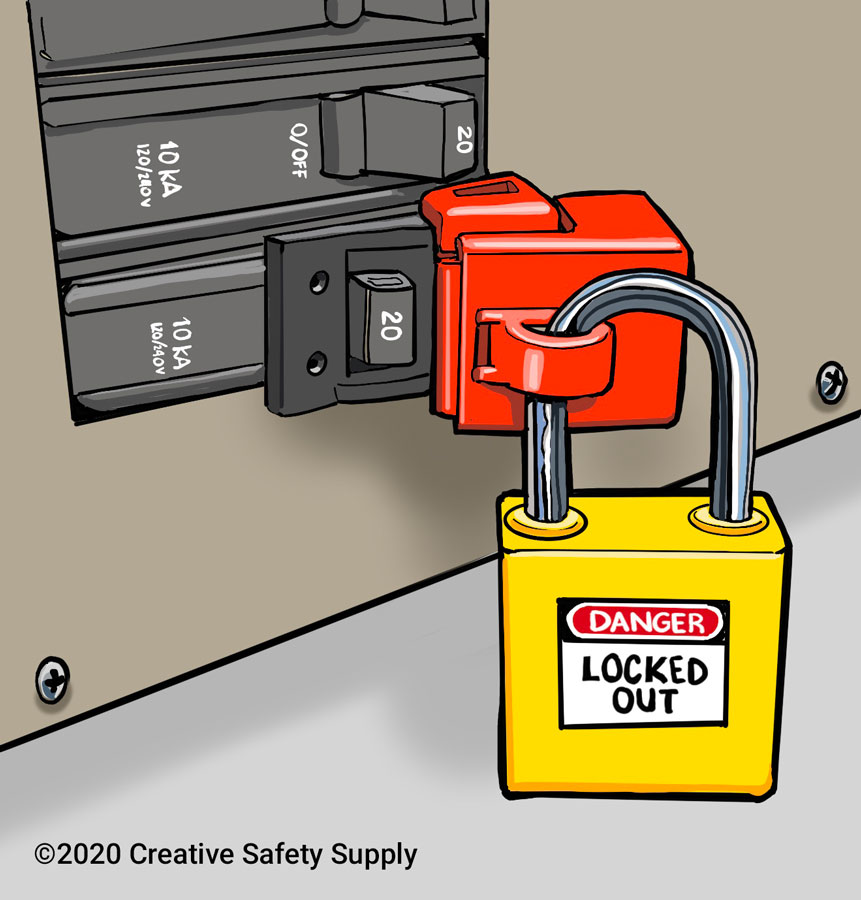
Lockout/Tagout or LOTO devices are tools used to safely isolate hazardous energy sources to prevent accidental machine startup or energy release during maintenance or servicing that could cause injury. These devices physically block the operation of energy-isolating devices, like switches and valves, and also include tags to communicate that the equipment is locked out and not to be operated.

Lockout/tagout devices can be used for a number of different types of applications regarding energy release. Those include:
- Electrical circuit breakers that are manually operated
- Disconnect switches
- Line valves
- Blocks
- Other devices that are used to adequately block and isolate energy sources, whether it be hydraulic, pneumatic, etc.
Lockout/tagout devices are essential for workplace safety and regulatory compliance. The Occupational Safety and Health Administration (OSHA) requires and enforces the use of LOTO devices. OSHA's standard 29 CFR 1910.147 outlines the practices and procedures necessary to disable machinery and equipment, preventing the release of hazardous energy during servicing and maintenance. Employers are responsible for developing, implementing, and enforcing a LOTO program that protects employees from these hazards.
There are quite a few different types of LOTO devices that a company can use for machines and equipment. Becoming familiar with these devices and the way they work can help ensure you pick the right one for your facility.
Similar Questions
- Where should lockout/tagout tags be placed?
- What is a Lockout/Tagout (LOTO) program?
- What is a LOTO procedure?
- What are LOTO tags?
- What is the main goal for a LOTO program?
- What are machine-specific lockout/tagout procedures?
- What is a LOTO station?
- What are some examples of a LOTO procedure?
- How does lockout/tagout improve safety?

